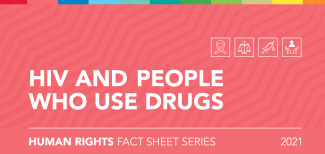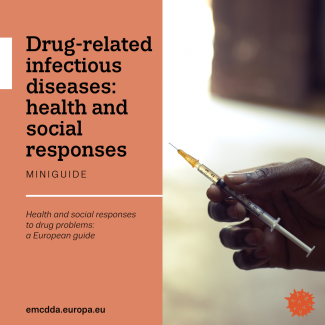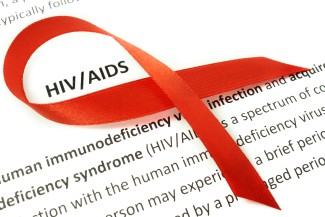AIDs
HIV and Substance Use: Reading List
World AIDS Day takes place in December each year. This reading list contains a list of research, publications and resources for practitioners relating to HIV/Aids. We also have a network dedicated to HIV and HCV where you can find a...

A human rights approach to integrating HIV and substance misuse services
Integrating HIV-related care with treatment for substance use disorder provides an opportunity to better meet the needs of people living with these conditions. People with substance use disorder are rendered especially vulnerable by...
Prevention and Treatment of HIV Among People Living with Substance Use and/or Mental Disorders
Focus of this guide People with mental illness and/or SUD are disproportionally affected by HIV. They may participate in behaviours that increase risk for contracting and transmitting HIV, such as sharing injection drug equipment or...

Centre for disease control prevention factsheets: HIV and substance use
Sharing needles, syringes, or other drug injection equipment—for example, cookers—puts people at risk for getting or transmitting HIV and other infections. In addition to being at risk for HIV and viral hepatitis, people who inject drugs...
HIV and Substance Use
This summary page, developed by HIV info and NIH’s Office of AIDS Research, explores HIV and substance use. The fact sheet addresses the following questions: What is the connection between HIV and substance use? How does substance use...
Ending Inequalities for People who Use Drugs: How the Global HIV Response can Transform Drug Policy
This side event for the 65th Commission on Narcotic Drugs was originally presented on 14 March, 2022. Organised by INPUD, it was co-sponsored by Médecins du Monde, UNAIDS, UNODC HIV/AIDS Section, the Netherlands and Australia. In 2021...
HIV and people who use drugs: Factsheet
The 2021-2026 Global AIDS Strategy has bold and critical new targets on realizing human rights, reducing stigma, discrimination and violence and removing harmful punitive laws as a pathway to ending inequalities and ultimately ending AIDS...

Responding to drug-related infectious diseases: EMCDDA mini guide
Sharing drug injecting equipment increases the risk of transmitting and acquiring blood-borne infections, such as HIV and hepatitis B and C. While hepatitis C is the most prevalent blood-borne viral infection among people who inject drugs...

UNODC work relating to substance use and HIV
UNODC has put together summaries of the work that they are doing relating to Drug use and HIV. Here, you can find out more about the work that UNODC has done relating to drug use and HIV prisons and HIV HIV and the sustainable development...

